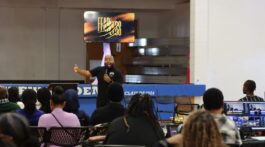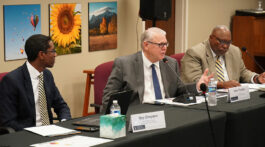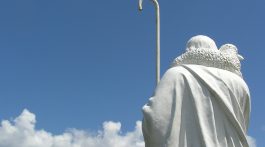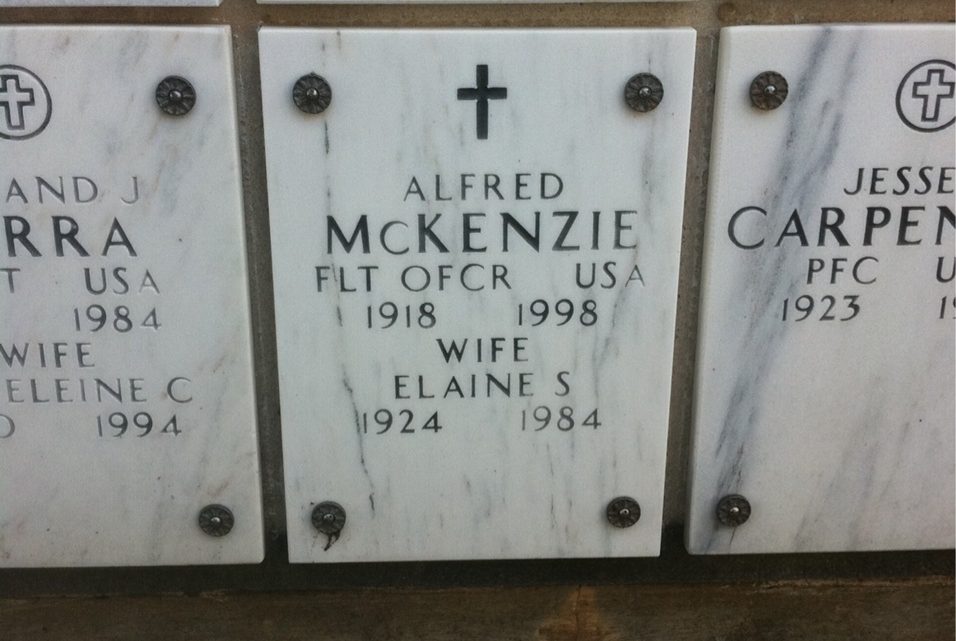These questions might not seem so important at first glance. However, they are important for two reasons. First, as a spiritual family, sharing and knowing fellow church members’ stories fosters community. Second, the local church is the foundation of the Seventh-day Adventist denomination. All authority in the various levels of conferences derives from constituent congregations. All too often, denominational history focuses on the activities of the Church’s institutional bodies or individuals with broad influence, obscuring the importance of local congregations. Histories of individual congregations and the people of which they are comprised is sorely lacking. As a result, church members come to see themselves as members of an institution rather than the essential components of God’s church. God’s church, however is not a building or an institution. The church is the people God has called and equipped to teach the Gospel and to actively be His hands and feet on Earth.
Thus, average church members, who often feel anonymous, are truly the essential workers for God; yet, without local church histories, these individuals and their service goes unremarked and forgotten.
Such may be the case of Alfred Ulysses McKenzie who, according to his obituary, was a member of the Breath of Life Seventh-day Adventist Church in Fort Washington, Maryland. This remarkable man was many things throughout his life. Whether he was actually a Seventh-day Adventist, despite what his obituary says, is harder to verify.
Tuskegee Airman
When Alfred Ulysses McKenzie was born in Anacostia on January 3, 1918, this Washington, DC, neighborhood was predominately white. His father Raymond (1898-2001), a sign painter, occasionally worked at nearby Bolling Air Force Base, painting identification numbers on aircraft. McKenzie often accompanied his father to Bolling, and this experience awakened his love of aviation and desire to become a pilot. With only an elementary education, becoming a pilot likely seemed beyond his reach, but then World War II suddenly presented a new opportunity.
When World War II drafted him into service, McKenzie was working for the W. McKenzie and Sons Paint Shop. Enlisting in the army on July 7, 1942, at Fort Myer, Virginia, he was surprised to be sent north to Bradley Army Air Base near Hartford, Connecticut, where his job was to guard Republic P-47 Thunderbolt aircraft. At the time, most African-Americans were sent south and became infantrymen. Aware of his interest in flying, McKenzie’s commanding officer alerted him to the opportunity of pilot training at Tuskegee. Required to meet the same standards as their white counterparts, most African-Americans selected for training were college graduates or undergraduates. Lacking this qualification, McKenzie demonstrated his academic abilities by examination, which he easily passed. It was the physical requirements that proved difficult. At first, he exceeded the maximum height of 5 feet 10 inches. When this requirement was changed to 5 feet 11 inches six months later, he reapplied and was accepted only to suffer a knee injury while running an obstacle course at Biloxi Army Air Base in Mississippi, where applicants were being screened. The knee healed, and McKenzie was soon at Tuskegee where as a member of the Civilian Training Detachment, he both attended college classes and trained as a pilot.
McKenzie never served overseas, although he successfully trained as a B-25 pilot. Placed in the 477th Medium Bombardment Group, he was briefly assigned to a base in Kentucky before ultimately ending up at Freeman Field in Indiana. Here, in 1945, he was among 101 officers who refused to sign an order stating that they understood the officers club to be segregated. They were charged with mutiny and denied the opportunity to fly combat missions in the theater of war—although McKenzie believed they would have been sent to the Pacific theater if the war had not ended—where their colleagues in the 99th Pursuit Squadron and 332nd Fighter Group were proving their ability to fly as well as white pilots. In the end, the mutiny of the 477th’s pilots proved as significant in the fight to desegregate the military as did the awards earned by the pilots of the 99th Pursuit Squadron and 332nd Fighter Group. Although the charges were dropped after one week, their service records retained letters of reprimand until 1995. Despite the reprimand, McKenzie was granted an honorable discharge.
Civil Rights Activist
Following the war, McKenzie took a low-level position in the Government Printing Office (GPO) where he and other African-Americans were consistently overlooked for promotions and raises. He married Elaine Sturdivant (1924-1984) in 1949, and they had two children, Saundra and Keith.
Nearing retirement in 1972 and frustrated by the injustices suffered by African-Americans at the GPO, McKenzie decided to do something about it. Consequently, he became the lead plaintiff in a class action lawsuit in 1973. With the support of the Coalition of Minority Workers and the Washington Lawyers’ Committee for Civil Rights, after fifteen years of litigation, he won $2.4 million in back pay for 300 minority GPO employees. The court also ordered the GPO to revise its employee evaluation system. In recognition of his efforts, the Washington Lawyers’ Committee established the Alfred McKenzie Award, which continues to recognize people “whose dedication and courage have produced civil rights victories of particular significance.”
McKenzie’s passion for strengthening the civil rights of African Americans led to his second marriage on August 25, 1987. Ruth Bates Harris (read “A Colorful Life” in my personal blog at the Family Archivist to learn more about this fascinating woman) was a strong woman and a long-time activist. Among her many accomplishments, she had been director of research and education for the DC Commissioners’ Council on Human Relations, and later was the highest-ranking woman of any color at NASA, where her work helped integrate the organization. They were certainly likeminded individuals. Ruth said of her husband, “If something was wrong, he was going to fight it, but his fights were always about helping others” (Baltimore Sun, April 6, 1998).
Seventh-day Adventist?
Armed with only the hint of his church affiliation, when a diligent search of published material about McKenzie’s life failed to reveal any information about how or when he might have joined the Adventist church, I turned to the Breath of Life congregation of Fort Washington, Maryland. Surely, someone among their membership would remember such a notable man. I felt fortunate to discover this was a congregation with a congregational historian in addition to the church clerk. Both of these individuals searched records and spoke with members who would have been attending during McKenzie’s time. Still, they were unable to uncover any memory of him.
So, the mystery remains. If Alfred McKenzie ever became a member of the Adventist Church, it happened late in his life, mostly likely after 1991 (Ruth does not mention his church affiliation in her autobiography, Harlem Princess). Perhaps his baptism was an overlooked event in a life filled with significant events. Perhaps he merely attended the church, but that was enough for his family—most of whom leaned toward the Baptist persuasion—to associate him with Adventism. Or perhaps, his family named the wrong church in his obituary.
When McKenzie died of prostate cancer on March 30, 1998, in Fort Washington, Maryland, he was buried in Arlington National Cemetery beside his first wife, Elaine.
If you’re wondering how to research and write about your local church’s history, watch this column for upcoming articles.










